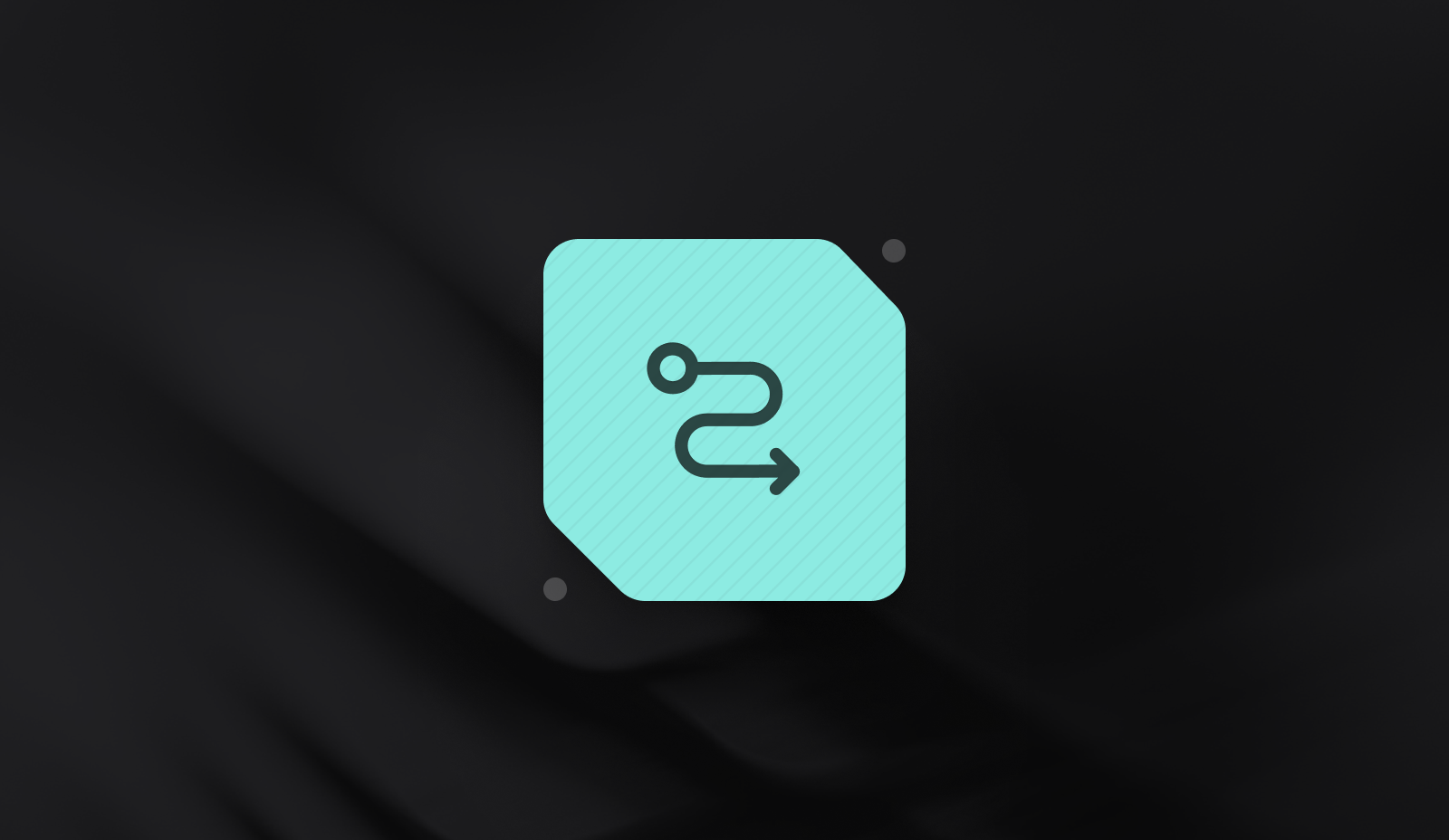What is Batch Payment Processing?

Merchants use batch payment processing to submit multiple transactions at once, rather than in real-time as the payment details come in, generally to reduce fees and increase flexibility. For example, most restaurants submit all their credit card transactions at the end of the day, as they must update each final total with whatever tip customers may have added. By contrast, most e-commerce providers use real-time processing, to ensure that they are able to procure payment from their customers prior to products being shipped.
How Batch Payment Processing Works
Many digital merchants will find the concept of batch payment processing bewildering - why, they might ask, would anyone choose not to close out transactions (and hopefully get paid) as quickly as possible. To understand this, let’s consider the three discrete steps in payment processing:
- Authorization: in this step, the cardholder data is presented to the payment ecosystems, evaluated for fraud through whatever systems are in play, and, if judged to be a legitimate request, confirmed by the issuing bank to have sufficient funds to make the purchase. Authorization means that the transaction can go through, and likely that funds have been reserved - but the final agreement to pass funds from the issuing bank to the merchant’s acquiring bank has not yet been completed.
- Processing: the merchant presents its authorization (collected in the first step) and asks, via its payment processor, the issuing bank to close the deal and designate the reserved funds for delivery to them.
- Settlement: the issuing bank delivers the funds that have been agreed to during processing to the merchant’s issuing bank, which in turn assigns them to the merchant’s account.
When operating through a full-service payment service provider (PSP) like Stripe or PayPal, this process is almost entirely invisible to the merchant: it appears that the cardholder data is simply presented and the deal either completed or not, with settlement coming, by way of the PSP, according to their standard terms.
The reality, however, is that, when operating more directly with the payments ecosystem, the merchant can pause the process after authorization, hold onto the authorization code, and submit the request for final processing (and therefore commence the settlement process) at a later date. Credit card authorizations can last between a few minutes and 31 days, although most stay active for up to seven days; the merchant can decide whether to hold the funds (like, for instance, a hotel), or simply to trust that the buying power will still be there when the final processing occurs.
Batch payment processing works by simply holding the authorizations for a pre-determined amount of time - generally till the end of the working day - and then submitting them all at once.
Why Merchants use Batch Payment Processing
Batch payment processing offers a number of advantages that are appealing to certain types of merchant, including
- Accurate processing of final prices: companies like restaurants, hotels, and car rental agencies do not know how much the final bill will be for their clients. As a result, they inevitably use Authorization to place a hold on an amount that is roughly the expected final bill - then use batch processing to close out all the charges for the days’ customers whose final tally has been calculated.
- Lower processing fees: working with specialized PSPs who are adept with batch payment processing can result in lower fees. Where a real-time processing process incurs fees for each and every transaction, a batch payment process can incur a single fee for a large number of transactions. The merchant still pays the percentage required by the card network, but the per-deal fee can be circumvented.
- Easy transaction review process: when a batch payment process is initiated, the response is simply two files - one of which lists the transactions that succeeded, and the other those that did not. This can be useful for a merchant trying to keep a close eye on the most and least valuable customers.
When is batch payment processing not ideal
Batch payment processing has a number of drawbacks, of course, including
- Slower payment times: real-time processing can cause the issuing bank to settle with the merchant’s acquiring bank more rapidly, as the deal is complete right as it happens. For businesses that rely on rapid capital turnover, this can be meaningful
- Unexpected revenue volatility: real-time processing can tell a merchant definitively which transactions have successfully closed and which have not; by contrast, it is possible with batch processing for an unexpected number of transactions to fail on any occasion, potentially negatively impacting the merchant’s operations.
- Can end up more expensive than anticipated: although the number of transaction fees is reduced when using batch processing, each individual fee is higher than with real-time processing. Any error or bottleneck in the batch process can necessitate a second batch processing event, which can, in turn, raise fees to an unacceptable rate.
Batch Payment Processing Has its Place - And Should be an Option
In order to optimize their financial potential, merchants should seek to leave the option open to use real-time processing, batch processing, or a combination of each. The key to doing this, while remaining PCI-compliant, is to use a third-party token vault, which can store customer credit card details, ready to be submitted for approved transactions. With this flexibility, merchants can instantiate a hybrid mechanism, in which both real-time and batch processing activities can take place, taking advantage of all the fee-reduction possibilities, to successfully maintain the lowest possible operational expense.
.png?width=365&height=122&name=BTLogo%20(1).png)



